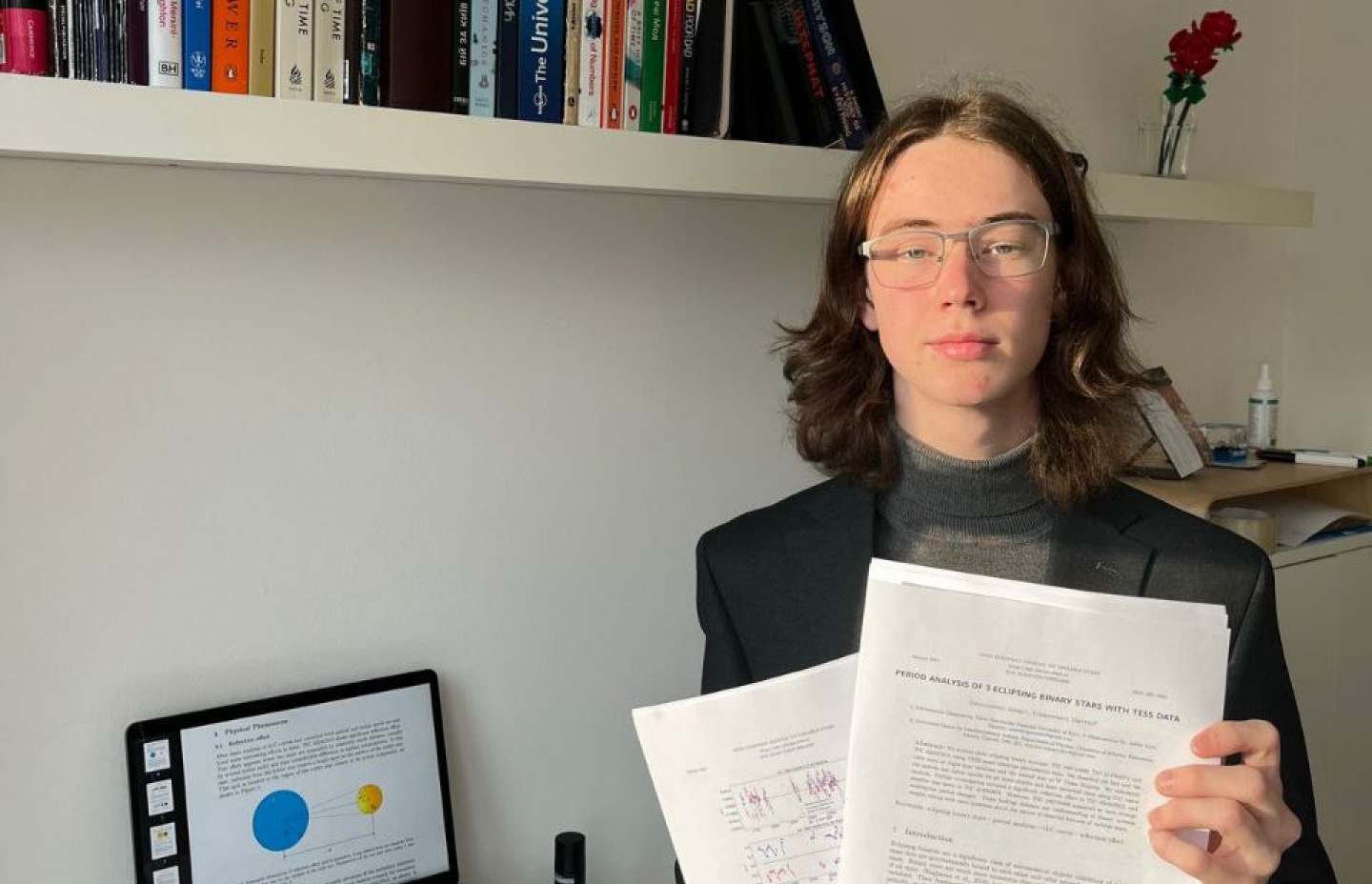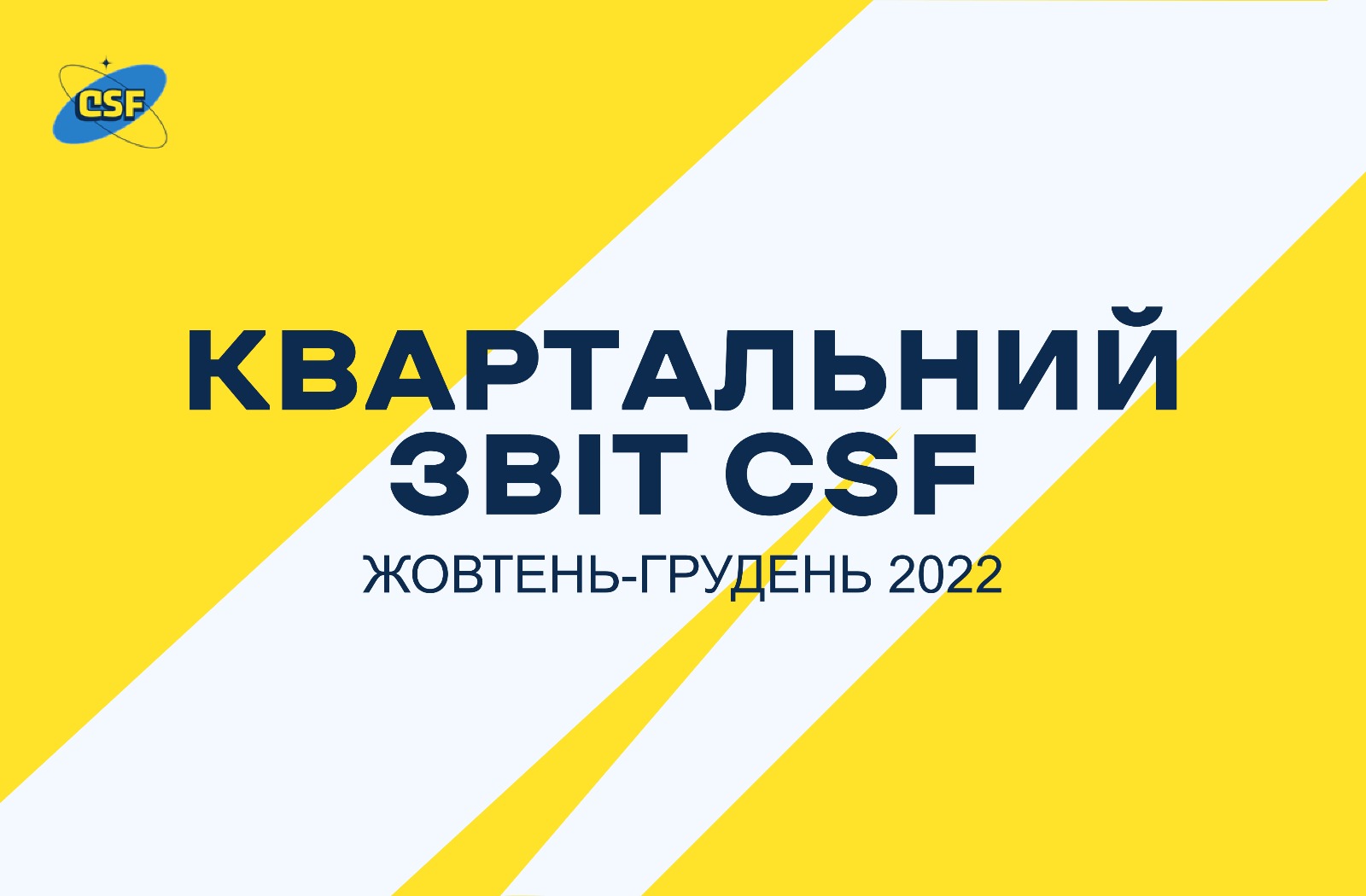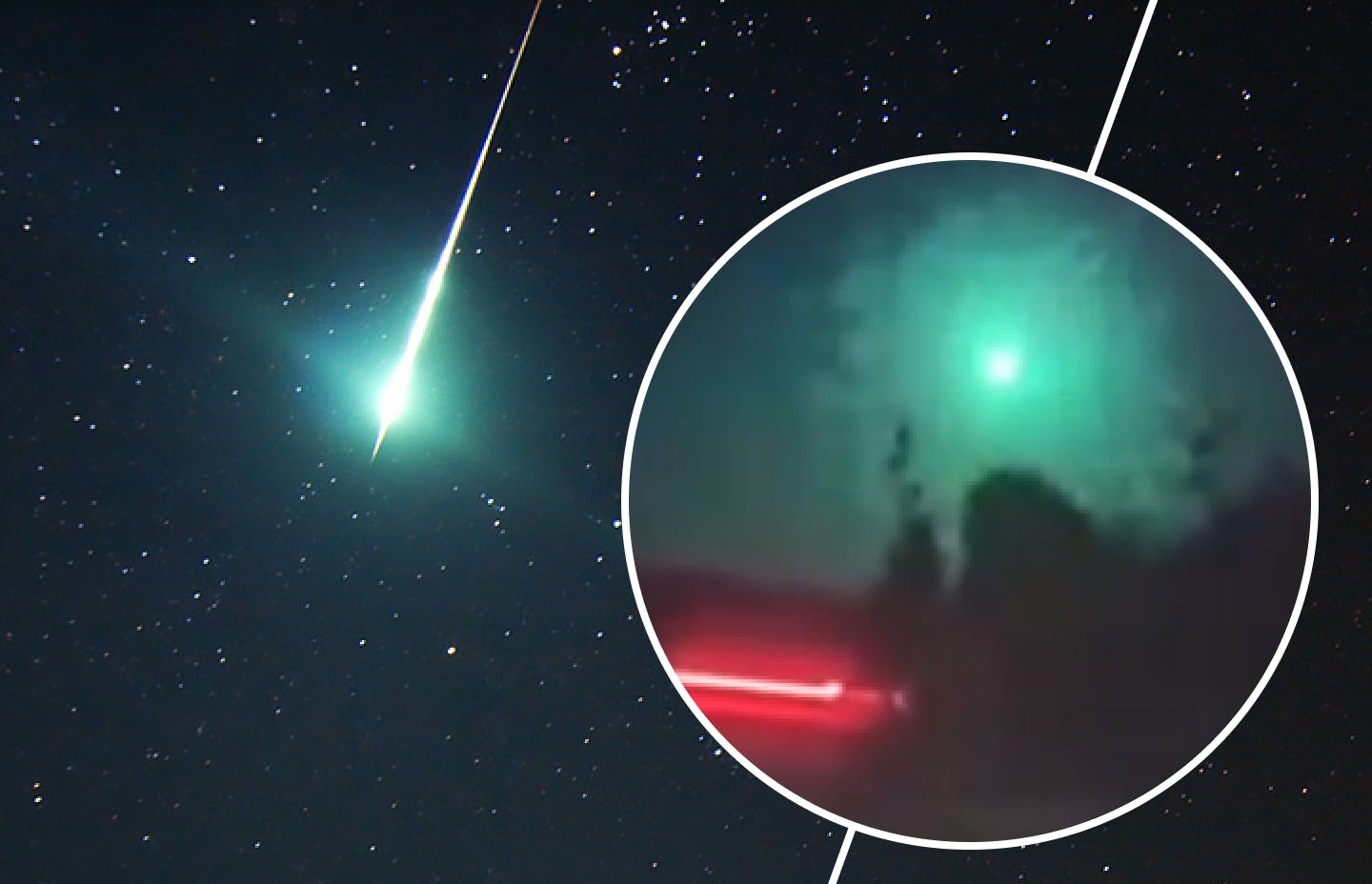 551
551
CSF's first scientific article! We have been working on it for TWO+ years

The CSF team is proud of the accomplishments of all the participants who study, work, and develop within the framework of our research and education project. All ambitious goals are achievable once ambitious people, who believe in their work, in its success, and in each other work on them. To prove this, we are pleased to share more than just news, but a victory – a big, significant, honorable one, and one of many on our way to discoveries. So... We did it. The goal we've been working on for over two years is finally shining at last! The research paper by our colleague Andrii Dzygunenko from the Science Department was published in the Open European Journal on Variable Stars (OEJV)! To tell you why this victory is really GREAT, we have to go back in time.
★ (OEJV) – (OEJV) is a peer-reviewed electronic journal specializing in variable stars.
0. AMBITIOUS THINKING IS THE DRIVER.
Our project was born out of ambition, and we put ambition into each of our goals. If we were worried about all the things that were extremely difficult to achieve and for which we lacked resources, and if we took into account the criticism and concerns of more experienced and senior people, if we always looked back at everyone, we would not be here. We wouldn't be here AT ALL, and so would all that we have already accomplished. Yet we are here not because it is easy, but because it is difficult. You can play so that you don't lose by choosing tasks with a reliable result. We play to win, so we accept risks.
1. A BREAKTHROUGH MEANS COLLABORATION.
But it also means failures. A lot of failures, and even more attempts to rise, and a lot of time to bypass or overcome obstacles. It all started in November 2022 as part of TESS-UA-2022, when Andriy was one of our first 11 students to start their research. We planned to complete the studies in January-February 2023, but our team began to grow rapidly ( we had seven participants at the launch of the project, and almost twenty at the end!), many students had difficulties, and there was only one mentor. As a result, we decided that the TESS-UA-2022 project should be merged with the subsequent TESS-UA-2023A project. It was planned that they would be completed at the same time.
...TESS-UA-2023A failed (and became the top failed initiative in the history of CSF, so let it stay there). Therefore, the preceding TESS-UA-2022 also failed. This slowed us down. However, we did not abandon the process, but froze it and tried to resume it at the earliest convenience. We wanted everyone who participated in the first project to be able to publish their long-awaited results. All we had to do was to bring the four (!) research papers of those students who were still active from 50-80% to 100% readiness, submit them to a scientific journal, get them peer-reviewed, and eventually get a finished article.
2. THE ONE WHO DOESN'T RISE AGAIN IS LEFT BEHIND.
The first two attempts came to a standstill: they were made in late 2023 and early 2024, when we were solving the team's internal organizational problems. The third attempt, which started in the summer of 2024, was quite successful: three participants made significant improvements to their articles and findings. Andrii was the first to complete his article, so we submitted it to the journal in August 2024.
The main challenge was that the reviewers responded literally once a month, meaning that communication on their part was slow, thus delaying the corrections process on our part. In the same time, Andrii became a mentor himself, meaning that he now had significantly less time to work on his own article (he is currently leading the TESS-UA-2024 project).
So, taking everything into account, the review process took us more than 5 months in total.
★ “Period Analysis of 3 Eclipsing Binary Stars with TESS Data” – the title of Andrii's article.
3. A PROBLEM DEFINED IS A PROBLEM HALF SOLVED.
After more than two years since Andrii's first CSF research, we managed to get our first full-fledged scientific article in a peer-reviewed scientific journal! In the article, Andrii analyzes the periods of three eclipsing binary star systems using photometric data from the TESS space telescope, and you can actually check it out on the official website of the Open European Journal on Variable Stars!
The article is in English. There you will also learn: how stars are heating each other; what are star spots and how they affect changes in the brightness of a star; rare phenomena associated with changes in the brightness of star systems; and what scientific discoveries have been triggered by very small but quasi-periodic changes in the TIC system 199716496 ... and a lot more.
For example, all three stars we studied belonged to the same category (eclipsing binary stars), but visually they were completely unlike each other due to additional physical processes observed in them.
The first star, TIC 435447013, shows a significant reflection effect. It occurs in double systems where the stars are relatively close to each other and have a significant difference in surface temperatures. If you've ever sat around a campfire, you've felt your face and hands get warmer from the flames – this is the closest analogy to what happens in such systems.
The second star, TIC 414764074, has a different effect: a large cold spot on the surface. Don't get us wrong, the temperature of this spot is at least a few thousand degrees, but at the same time it is thousands of degrees colder than the surrounding surface. If you look at such a star from a certain angle, its brightness decreases.
The most interesting was the third star, TIC 199716496 – its light curve was so unusual that we doubted the explanation of its shape for a long time. We assumed that there was a cold spot near the equator of this star during the observations and that at the same time there was a reflection effect in the system. Our theory also explained the subsequent changes in the light curve shape, because spots do not exist forever, and this one, according to the observations, began to fragment at the end of 2021. This idea led to a long dispute with the reviewer, but, eventually, we managed to find an independent study in which a group of Chinese scientists had observed a similar star with the same effects a few years before and in which they came up with a similar explanation.
The article is now available on the OEJV website, and will later appear in the NASA ADS database. We are proud of the success of our team members and wish them further accomplishments!
4. DO THE IMPOSSIBLE, THE POSSIBLE WILL BE DONE WITHOUT YOU.
The main obstacle on the way to achieving the goal is neither financial nor practical. It is psychological. Not many people believe they can move mountains (promote reforms, innovations, global changes), so not many try to do so. Society convinces us that stability is better than risk. But this is not true. Discoveries happen through trials and errors and only in places where something is not stable and already known. You can also make your own discovery, get our support, and publish your research results in a scientific journal.
You just need to have a strong desire to do so, join CSF projects, and work hard.
So, let's make new discoveries together!



